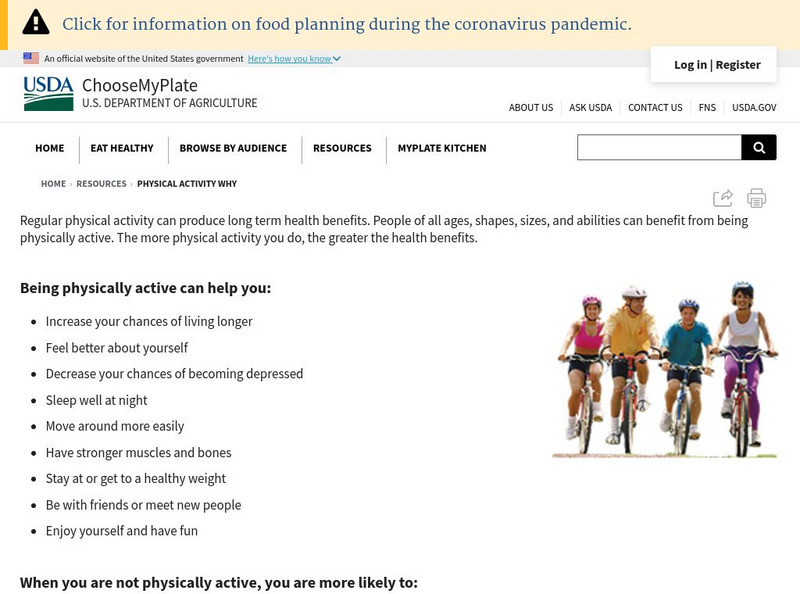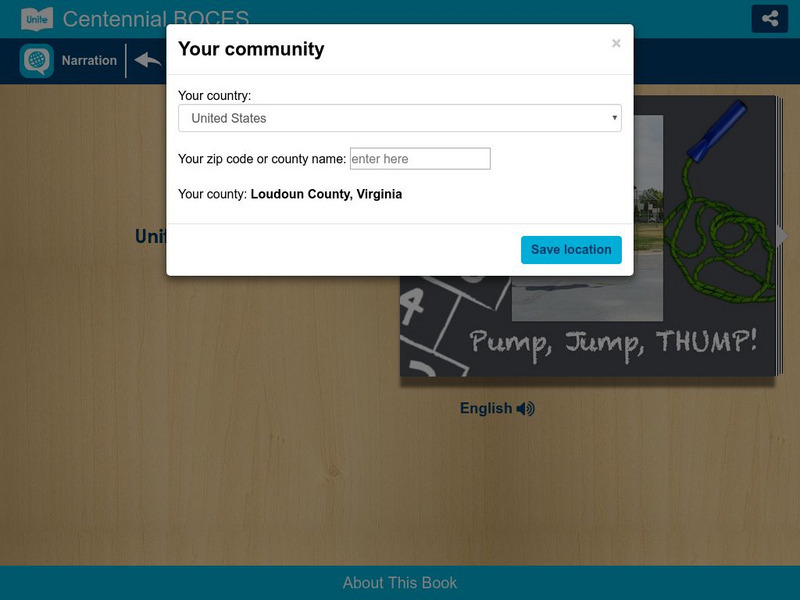Hi, what do you want to do?
Curated OER
DNA Chips
Young scholars explore issues surrounding DNA microarray technology. They focus on a single area of biomedical research to help them explain how science, people, ethics, and history all fit together. They analyze gene-expression data.
Curated OER
Family Medical History Pedigree
Learners research his/her family medical history and produce a pedigree with information.
Curated OER
Miracles of the Heart
Young scholars watch a movie. In this cultures lesson, students read A World Without Black People and then discuss segregation. Young scholars watch the video Partners of the Heart or Something the Lord Made and then reflect on the...
Curated OER
Conflicts in Government Policy Objectives
Students consider a series of arguments for a particular set of policy proposals that have wide ranging implications not only to the non-economic objectives of a government but also to the wider efficiency and equity of the economy as a...
Curated OER
Compare and Contrast Type 1 and Type 2 Diabetes
Learners use graphic organizers to compare and contrast Type 1 and Type 2 diabetes. In this diabetes lesson, students are given information on the two major types of diabetes. They analyze how to compare and contrast the information.
Curated OER
What Goes in Must Come Out
Students monitor their calorie intake and energy expenditure. They keep track of daily data in a journal and assess and adjust their diets as appropriate.
Curated OER
CALORIE COUNTDOWN
Students will categorize foods according to their components and energy content.1. Design a large bulletin board with sections for carbohydrates, fats and proteins.
2. Ask students to bring labels and packages of different food products....
Science Buddies
Science Buddies: Heart Health: How Does Heart Rate Change With Exercise?
Your heart starts beating before you are born and keeps right on going through your whole life. Over an average lifetime, the human heart beats more than 2.5 billion times. Keeping your heart healthy means eating right, not smoking, and...
American Heart Association
American Heart Association: Getting Healthy: Physical Activity: Get Moving!
Learn about the health benefits of exercise. Content includes helpful tips on how to incorporate activity into your daily life and a link to the association's guidelines for improving heart health through fitness.
Other
Wellness Junction: Exercise Improves Cardiovascular
This brief article from Wellness Junction summarizes research linking aerobic and anaerobic exercise to improved cardiovascular conditions in those with diabetes and high blood pressure. Provided is a list of recommended exercises for...
Department of Defense
Do Dea: Physical Fitness Activity
Exercise must be performed regularly throughout life to achieve the benefits of physical fitness, wellness, and disease prevention. In this self-guided unit, you will be introduced to the components of fitness, principles of exercise,...
US Department of Agriculture
Choose My Plate: Why Is Physical Activity Important?
This site includes a simple list of reasons why getting exercise is important for your physical and emotional well-being. Also, learn definitions and examples of aerobic activities, resistance activities, and stretching activities.
Curated OER
Kids Health: How the Body Works Movies and Activities
Short, colorful movies explain each of the body's systems: skeletal, cardiovascular, digestive, urinary, respiratory, endocrine, skin, immune, muscular, and nervous. Once you've seen the movie, click on the Activity Page link for...
Centers for Disease Control and Prevention
Centers for Disease Control: Physical Activity and Health at a Glance
This website provides notes on exercise, its health benefits, and its role in helping all people feel healthier and stronger. Learn about different types of exercises you can do to improve you health. Also, read facts about adults and...
Sesame Street
Sesame Street: Healthy Habits for Life
This comprehensive resource will give you the tools you need to teach children about eating right and being physically active so that they can establish healthy habits for life. Included are easy-to-use, fun lessons and activities that...
Unite for Literacy
Unite for Literacy: Cboces: Migrant Education Program: Pump, Jump, Thump!
Shows activities children do that keep their hearts healthy. Includes audio narration in 13 additional languages with text in English.
TeachEngineering
Teach Engineering: Saving a Life: Heart Valve Replacement
Students use their knowledge about how healthy heart valves function to design, construct and implant prototype replacement mitral valves for hypothetical patients' hearts. Building on what they learned in the associated lesson about...
Other
Prevent Disease: Exercise & Preventing Disease
This web-article discusses how exercise not only helps prevent disease, but also improves the health of those who have certain medical conditions. Learn how physical activity helps individuals battle cardiovascular and musculoskeletal...
Science Buddies
Science Buddies: A Day in the Life of Your Heart
Heart rates can be determined by the amount of physical activity your body is engaging in. The more physically active you are, the faster your heart beats. You can measure the rate your heart is beating by taking your pulse. This science...
BBC
Bbc Schools: Ks2 Bitesize: Science: Living Things: Circulation
Check Steve's cardiovascular health before he starts filming his dangerous wildlife special. Following the activity, read more about the heart, and then take a quick quiz to check for understanding.
Children's Museum
The Children's Museum of Indianapolis: Sports Science and Wellness
This unit of study contains three lessons, each with three experiences that may be taught together or individually. Each lesson will connect to science and/or math standards, along with a health standard or sports connection.
National Institutes of Health
National Library of Medicine: Your Beating Heart
In this lesson plan site, the students will learn about the circulatory system and perform an experiment where they take their pulse after various activities.
Science Museum of Minnesota
Lesson Plan: Pulse of Life
Students measure their pulse rate and explore how heart rate is affected by various activities.
CK-12 Foundation
Ck 12: Life Science: Muscles and Exercise
[Free Registration/Login may be required to access all resource tools.] Regular physical exercise is important in preventing lifestyle diseases such as cardiovascular disease, some types of cancer, type 2 diabetes, and obesity. Regular...























